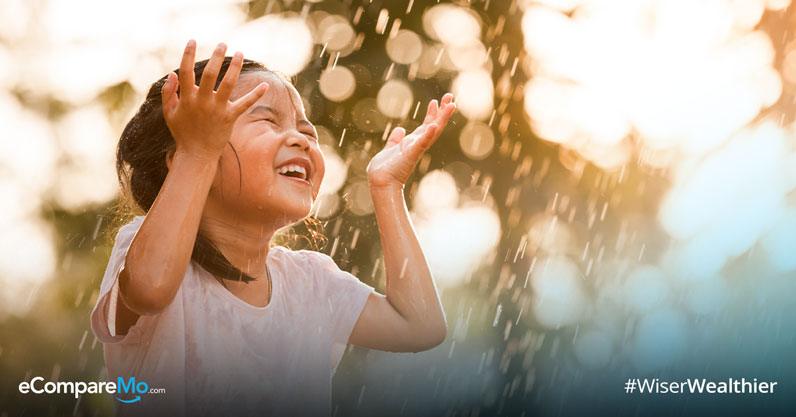World’s Poor Pay More For Clean And Safe Water Than The Rich, Says UN
4 min readSafe and affordable drinking water and sanitation facilities are a basic human right. Yet, according to the United Nations (UN), 2.1 billion people worldwide lack access to safe and affordable drinking water, and another 4.3 billion people don’t have access to sanitation facilities.
The UN released these rather dismal figures In their World Water Development Report 2019 which was made public just before the observance of World Water Day (March 22).

According to them, if exclusion and inequality will not
“Exclusion, discrimination, entrenched power asymmetries, poverty
Uneven flow
The problem of where to get clean and safe water is a subject of some urgency in the Philippines right now.
According to the National Economic and Development Authority (Neda), the Philippines will be needing about P1 trillion in investments in order to be able to finance and meet the end goal of having clean and safe water for all by the year 2030.
More than half of that amount, around P734 billion, would have to be invested over the next four years, until 2023, as per Assistant Neda Secretary Peralta.
(Read: Manila Water Service Interruption: 5 Ways To Reduce Water Use (And Lower Your Bill))
The UN considers rapid urbanization as one of
Such programs are targeted towards specific groups
“While larger centralized water and sanitation
This is the reason why the UN is calling for bigger investments to fund water services especially for consumers who need them most.
Where’s my water?
People in the slum areas are often the ones who are
“It is insane that often in slum areas, people have to
According to him, slum dwellers who do not have the
“While the wealthy generally receive high levels of service at low prices, the poor often pay a much higher price for services of
(Read: World’s Top 26 Billionaires Own As Much As The Poorest 3.8 Billion)
As per the report he made regarding the importance of clean and safe waters for all, it is indicated there that the economy will benefit if only governments of different countries in need will try to invest in water supply and sanitation in general. This is beneficial particularly for those people who are disadvantaged and vulnerable to the potential dangers of unclean and unsafe waters.
“Evidence suggests that the return on investment in
Clean and safe water for all
In a report conducted by the World Water Assessment Program, by coordinator Stefen Uhlenbrook in general, it shows that the Philippines was among the majority of the countries worldwide where at least 90% of the population enjoys “basic drinking water servicesâ€.
In addition to, our country was also among those
All that said, indeed sanitation is a problem and it
SOURCES: The Philippine Daily Inquirer
